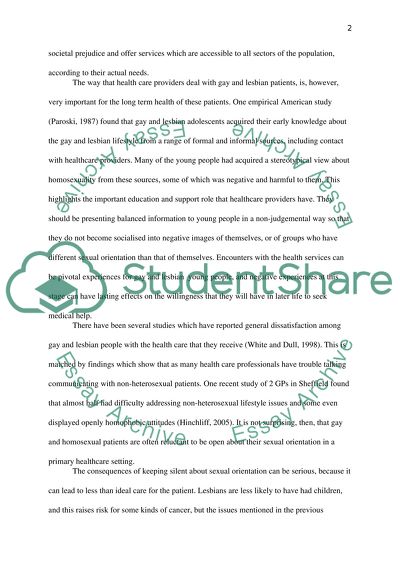Cite this document
(“Access To Health Services For Lesbian And Gay People Essay”, n.d.)
Access To Health Services For Lesbian And Gay People Essay. Retrieved from https://studentshare.org/sociology/1493875-a
Access To Health Services For Lesbian And Gay People Essay. Retrieved from https://studentshare.org/sociology/1493875-a
(Access To Health Services For Lesbian And Gay People Essay)
Access To Health Services For Lesbian And Gay People Essay. https://studentshare.org/sociology/1493875-a.
Access To Health Services For Lesbian And Gay People Essay. https://studentshare.org/sociology/1493875-a.
“Access To Health Services For Lesbian And Gay People Essay”, n.d. https://studentshare.org/sociology/1493875-a.


